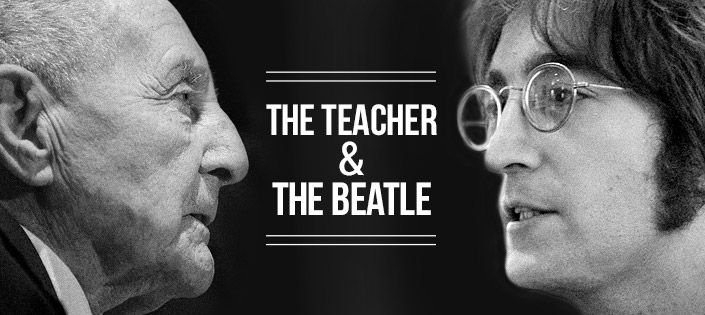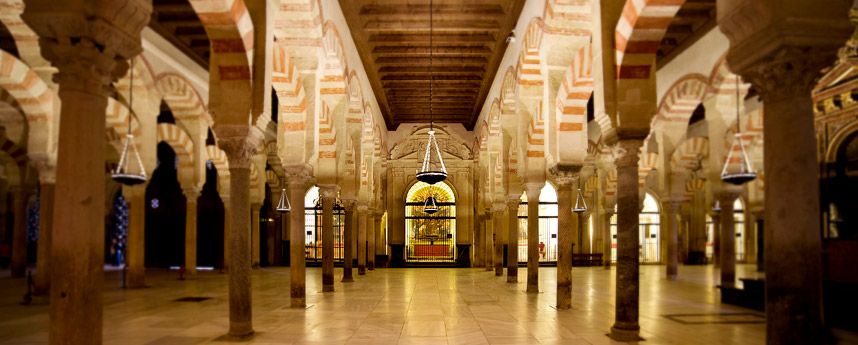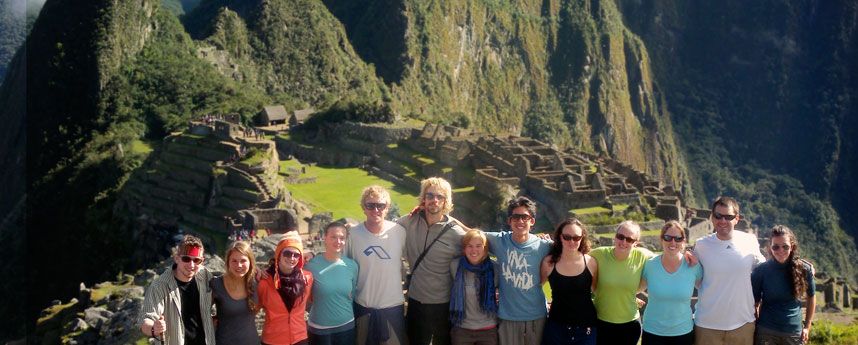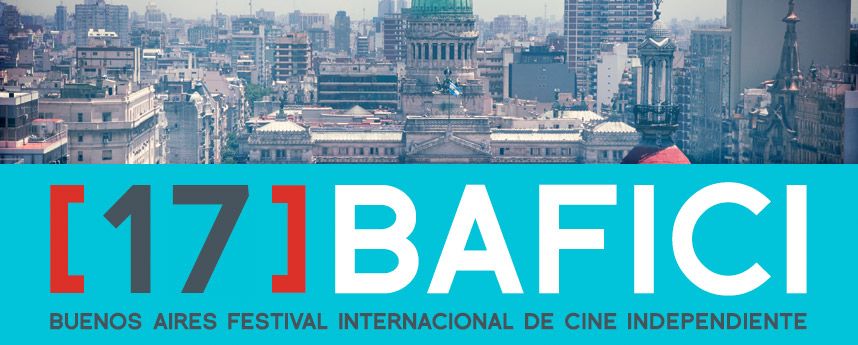Siesta in Spain | donQuijote

The siesta is a world-famous concept and a real tradition in Spain and other warm countries. Even in the Netherlands it is often used as an excuse to get away from it all and close your eyes for a short (or somewhat longer) period of time. Because the term is used so often, there can also be some misconceptions regarding this custom, because what is a real siesta really, where does it come from, and how long does it officially last?
- The siesta originated in the 11th century and over the years has become a real custom in Spain.
- A real siesta lasts between 15 and 30 minutes and is a time for the population to rest in silence so that new energy can be obtained for the rest of the day.
- For some tourists it may be a bit annoying, as small stores often close between 2:00 and 5:00 p.m. just when they are often walking around the city to explore it.
The origin of the siesta can be disputed for a while. Indeed, there are several stories about this. The best known story is that it most likely originates from the rules of San Benito in the eleventh century. The Romans used to count the hours from sunrise, which showed that for them the sixth hour was noon. In Latin, the sixth hour means, la sexta hora. Therefore, the rule was rest and silence during this sixth hour. All the faithful thus gained more energy for the rest of the day. This custom was then adopted from monastery to monastery, whereupon the population also began to adopt it as a custom and gave it the name siesta. However you look at it, the siesta has been absorbed by the population at a rapid pace and, like flamenco and fiesta, has become one of the Spanish traditions and is an important part of Spanish culture.
Many people often think that siesta lasts longer than one hour, but this, however, is not true. Officially, a siesta lasts only between 15 and 30 minutes and can be seen as a kind of afternoon nap. Here it is customary to rest for a while on a confortable chair with your eyes closed. If this is not possible, lying on your bed is also allowed. The important thing is to be able to relax in complete silence. Among the real Spanish customs, it is not customary and even a little inappropriate to call between the hours of siesta. In fact, this is the time of rest for the Spaniards and also lunch time for them. This can be compared to calling during dinner time in the Netherlands.
In many cities, siesta still applies to shopping hours. To illustrate, stores in Seville close between 2:00 and 5:00 in the afternoon. This is certainly not weird or nonsense as some people may think, but around that time it is the hottest part of the day and then it is better to stay out of the sun. Especially in Seville. In fact, there it is better to get out of the sun when it is high summer. In fact, temperatures can easily reach 35 degrees in southern Spain. For some tourists, these shopping hours can sometimes be frustrating, as that is often the time when they go out to explore the city and visit stores.
Over the years, siesta has changed a little bit. As before almost everyone used this afternoon nap, now it is no longer so obvious. Because large multinational companies or other businesses do stay open at noon, not everyone can use it anymore either. In addition, in the north of Spain it is not always so hot and necessary to take a nap to escape the heat. This time is then mainly used to hang out with the family and children.
However the siesta is used, it is a habit that can and will easily be adopted....








